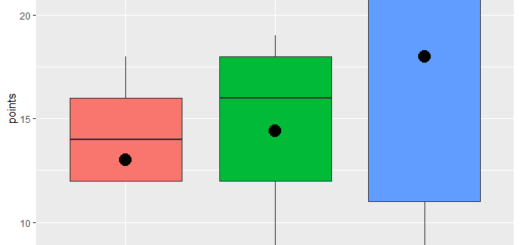Concatenate inputs in R
Concatenate inputs in R, The paste and paste0 functions in R are described in detail in this article. Let’s first look at the definitions of the two functions and the fundamental R syntax:
Concatenate inputs in R
Basic R Syntax:
paste("char1", "char2", sep = " ")
paste0("char1", "char2")The paste and paste0 functions create a character string from several inputs.
We’ll give you four examples of how to use paste and paste0 in R programming in this article.
So let’s get started without further ado.
Machine Learning Archives – Data Science Tutorials
Example 1: A Simple Use of R’s Paste Function
The basic functionality of the paste R function is demonstrated by the following R code:
paste("finnstats", ".com")
"finnstats .com"You can see that we expanded the paste function’s inputs in accordance with the R code that came before:
All of these inputs were combined into the character string “finnstats.com” by the paste function.
Quite simple! When using paste in R, there are a few things to keep in mind. The examples that follow will elaborate more on it
Example 2: Modify the paste function’s separator
The separator (i.e., the character string that is inserted between the inputs) is a crucial parameter within the paste function.
The paste function by default uses a blank as a separator (sep = ” “). However, the divider can be manually adjusted as follows:
paste("finnstats", ".com", sep = "___")
"finnstats___.com"In this instance, the separator “___” was utilized. But we could use pretty much whatever character string we wanted. And the distinction between paste and paste0 is just this…
Example 3: Using paste & paste0’s collapse option
Most often, vectors of strings are concatenated together using the collapse option. Think about the sample vector shown below:
x <- c("another", "example", "with", "a", "vector") The outcome would be as follows if we were to simply insert this example vector into the paste (or paste0) function:
paste(x) "another" "example" "with" "a" "vector"
If you look at the quotations in the RStudio output, you can see that we just built a vector rather than a single-character string.
Use the collapse option to condense these vector elements into a single character string:
paste(x, collapse = " ") # paste vector with collapse = " "
"another example with a vector"
paste0("finnstats", ".com", "Data Science tutorials.") # paste0 - separator not needed
finnstats .com Data Science tutorials.
Cross Validation in R with Example »





